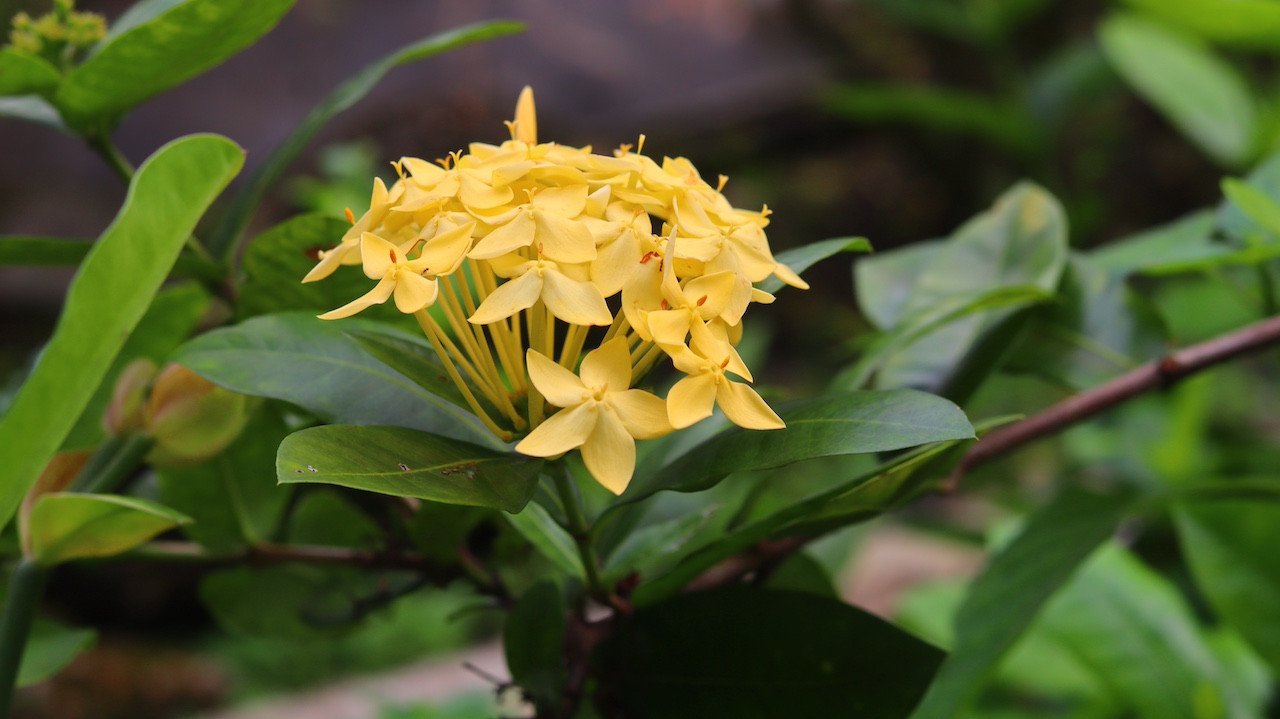Complete Guide to Night Photography: Tips and Techniques for Creating Amazing Photos
Night photography is a mesmerizing art that allows you to capture the beauty and mystery of the world at sunset. However, shooting in low light conditions requires special skills and an understanding of proper photography techniques. In this guide, we'll cover various tips and techniques to help you take great night photos.
1. Understanding Night Lighting
First of all, it is important to understand the characteristics of night lighting. The light available at night is usually weaker and more uniform, especially outside cities where it is not very bright. However, there are also artificial light sources such as street lights, building lights, or light from vehicles that can be utilized.
2. Set Up Your Camera
Before you start shooting, make sure to set up your camera properly. Use manual mode to have full control over camera settings. Set a low ISO (around 100-400) to reduce noise, a wide aperture (f/2.8 or lower if possible) to capture as much light as possible, and use a slower shutter speed (usually between 1/15 to a few seconds depending on the situation) to capture sufficient light.
3. Use a Tripod
Since slower shutter speeds are required in low lighting conditions, the use of a tripod is highly recommended to avoid blurry images due to camera shake. Make sure your tripod is stable and position the camera well before shooting.
4. Take advantage of the Night Panorama Technique
Night panorama is a stunning technique for capturing sparkling city views or starry night skies. Use panorama mode on your camera and set the exposure manually. Move slowly while shooting to create beautiful, detailed images.
5. Experiment with Light
Feel free to play with light when shooting night photos. You can use pocket lamps or other light sources to add interesting visual elements to your photos. Try light painting techniques to create unique and artistic effects.
6. Explore the Uniqueness of the Location
Each location has different night lighting characteristics. Explore various places such as city centers, seaside or rural areas for a varied night photography experience. Be creative in capturing the unique beauty of each place.
7. Post-production Processing
Lastly, don't forget about post-production processing. Use editing software such as Adobe Lightroom or Photoshop to enhance your photos. Adjust color balance, brightness and contrast to create stunning images.
By following this guide and continuing to practice, you will become an expert at night photography and produce amazing work. Remember to always explore and be creative with your own personal style!



















Comments (0)